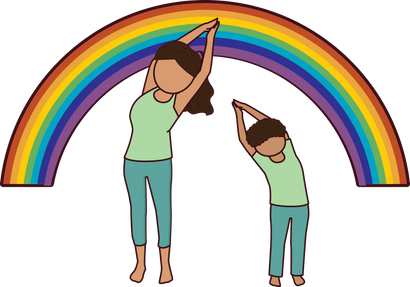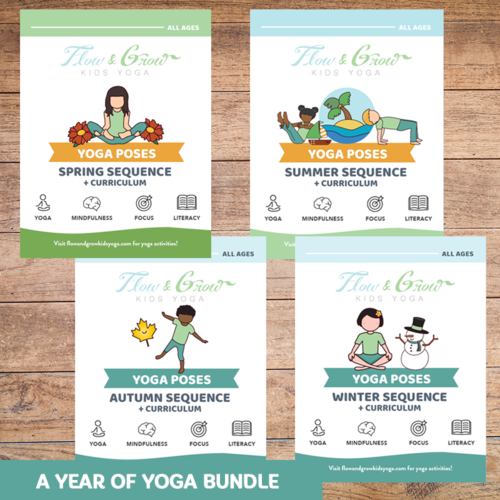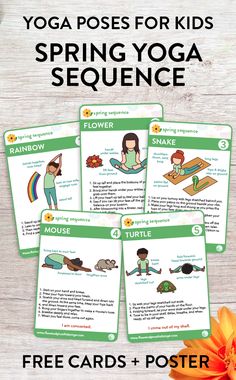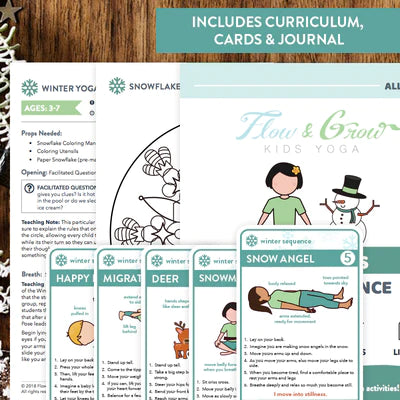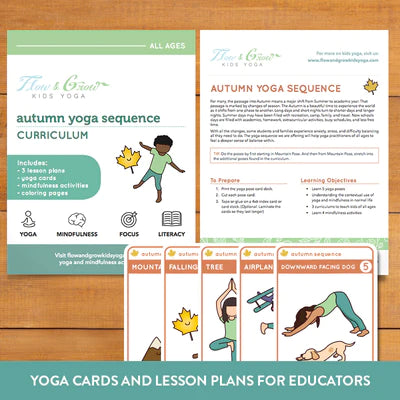Your Cart is Empty
22% off Automatically at checkout when you spend $5 of more!
22% off Automatically at checkout when you spend $5 of more!

Yamas and Niyamas of yoga philosophy for Adults and Kids
by Lara Hocheiser March 21, 2019 3 min read
What are the Yamas and Niyamas?
By Ava Dussault, Lara Hocheiser, and Kathryn Boland
*please consider making a purchase from our shop to keep this blog ad free

Yamas and Niyamas are the foundational principles in yoga and they are often the building blocks of common yogic themes and philosophy.
Yamas describe attitudes and values that allow us to be authentic.
Yamas or the restraints include five guidelines to support our authenticity:
-
Ahimsa - nonviolence/kindness
-
Satya -non-lying/honesty
-
Asteya nonstealing/generosity
-
Brahmacharya - moderation/gratitude and contentment
-
Aparigraha -nonhoarding/letting go of things you no longer need
Niyamas describe how to be a good person.
Niyamas include five guidelines to support our goodness
-
Saucha - cleanliness/mental purity
-
Santosha - contentment
-
Tapas - discipline and commitment
-
Svadhyaya - self study/self awareness
-
Isvara Pranydhana -surrender
In essence, think of yamas as how we behave towards others and niyamas as how we care for ourselves. Without self-care we cannot behave kindly to others, make rational decisions, or have positive impacts on the world.
*please consider making a purchase from our shop to keep this blog ad free
Ahimsa - a foundational practice
Ahimsa comes from the yamas and translates to non-violence. I like to think of ahimsa as kindness in thoughts, actions, and words. Ahimsa is a theme that I often incorporate into my adult yoga classes because it is transferable on and off the yoga mat. When you are practicing yoga and flowing through asana, it can be quite easy for your ego to take over. We practice yoga in a room filled with varying levels of students, yet we seem to “forget” this as we compare ourselves to other students in the room. This is where ahimsa comes into play!When we find ourselves trying to hold a balancing pose for far too long, or straining our back to come into a deep backbend, or carelessly moving through Sun Salutations to “keep up” with the other students, this is a perfect time to connect back to ahimsa.
When you find your mind in comparison mode, ask yourself the following:
-
Start with your thoughts and ask, “What is the quality of my thoughts right now? Are they negative?”
-
Move to your actions and ask, “What are my actions right now? Are they benefiting or hurting my body?”
-
Lastly ask, “What are my thoughts right now? Are they words that I would say out loud?”
I’m not flexible enough for yoga!
One of the most common things I hear from individuals who do not practice yoga is, “I’m not flexible enough for yoga!” Saying you are not flexible enough is a result of not practicing ahimsa and all the more reason why you should come to yoga! Ahimsa teaches us how to be content and sympathetic to our current situation. Whether we enjoy the current situation or would do anything to change it, the act of simply being tolerant and accepting of situations, others, and ourselves in our thoughts, actions, and words helps us embody ahimsa.
How can I apply ahimsa to my daily life?
Whether you are an avid yoga practitioner, have just hit the mat as a New Year’s resolution, or simply do not practice but would like to incorporate the principles, ahimsa is for you!
-
Make yourself a warm cup of tea after a long day.
-
Indulge in a piece of chocolate and truly enjoy and savor every bite.
-
Take five minutes to just be. Whatever that means for you.
-
Read one quote a day for an entire week.
-
Watch a television show or a movie that you can get lost in.
Ahimsa is for children too!
When practicing yoga with teens, encourage them to be kind in their actions, thoughts, and words. Teens can relate to ahimsa through body image and peer pressure. Practice a guided body scan relaxation to encourage teens to notice what thoughts come to mind as they focus on a specific body part. If you are looking for more ideas and information on how to incorporate not only ahimsa but the other yamas and niyamas into your teen yoga classes, check out Yamas & Niyamas for Teens.
During a children's yoga class, one activity you can offer is to have the children give themselves a massage. Emphasize the importance of self-care as a form of being kind to ourselves. No activity is one size fits all, so you should offer an array of self-love practices including affirmations, self massage, deep rest, etc.
If you are looking for more ideas, check out Yamas & Niyamas: Successful Relationships with Self & Others (7-11yr.)!
Leave a comment
Comments will be approved before showing up.
Also in Kids Yoga Blog

How Social and Emotional Learning and Yoga Help Kids Breathe Through Big Emotions
by Kane SEO April 21, 2025 4 min read
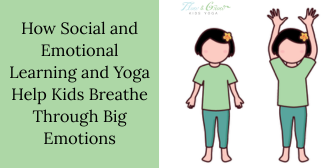
How Social and Emotional Learning and Yoga Help Kids Breathe Through Big Emotions
by Kane SEO April 14, 2025 4 min read
In classrooms and communities around the world, educators and parents alike are placing a growing emphasis onsocial and emotional learning. And for good reason: helping children understand, manage, and express their emotions in healthy ways is just as critical as teaching them to read or do math.

Power of Yoga for Kids: How It Helps Them Grow, Focus, and Thrive
by Kane SEO March 25, 2025 5 min read
In today’s fast-paced world, children are often exposed to stressors from a young age, whether it’s academic pressure, social challenges, or the overwhelming influence of digital devices. This can impact their physical, mental, and emotional well-being.
Yamas and Niyamas: Successful Relationships with Self & Others (tweens and teens)
pricey-contentdigital-resourceskids-yoga-resourceslesson-plansmiddle-high-school-yoga-mindfulnessmindfulness
Yamas and Niyamas: Successful Relationships with Self & Others (tweens and teens)
2 reviews
5.0 / 5.0
(2) 2 total reviews
$49.00$55.00
Yamas and Niyamas: Successful Relationships with Self & Others (tweens and teens)
2 reviews
5.0 / 5.0
(2) 2 total reviews
$49.00$55.00
Ultimate Kids Year of Yoga Bundle
bundlespricey-contentdigital-resourcesearly-childhood-yoga-mindfulnesselementary-yoga-mindfulnesskids-yoga-resourcesmiddle-high-school-yoga-mindfulnessseasonal-yogayoga-cards
Ultimate Kids Year of Yoga Bundle
5 reviews
5.0 / 5.0
(5) 5 total reviews
$45.00
Ultimate Kids Year of Yoga Bundle
5 reviews
5.0 / 5.0
(5) 5 total reviews
$45.00
Kid’s Sun Salutation Yoga Cards
digital-resourcesearly-childhood-yoga-mindfulnesselementary-yoga-mindfulnesskids-yoga-resourcesliteracyunder-15yoga-cards
Kid’s Sun Salutation Yoga Cards
3 reviews
4.33 / 5.0
(3) 3 total reviews
$10.00
Kid’s Sun Salutation Yoga Cards
3 reviews
4.33 / 5.0
(3) 3 total reviews
$10.00
